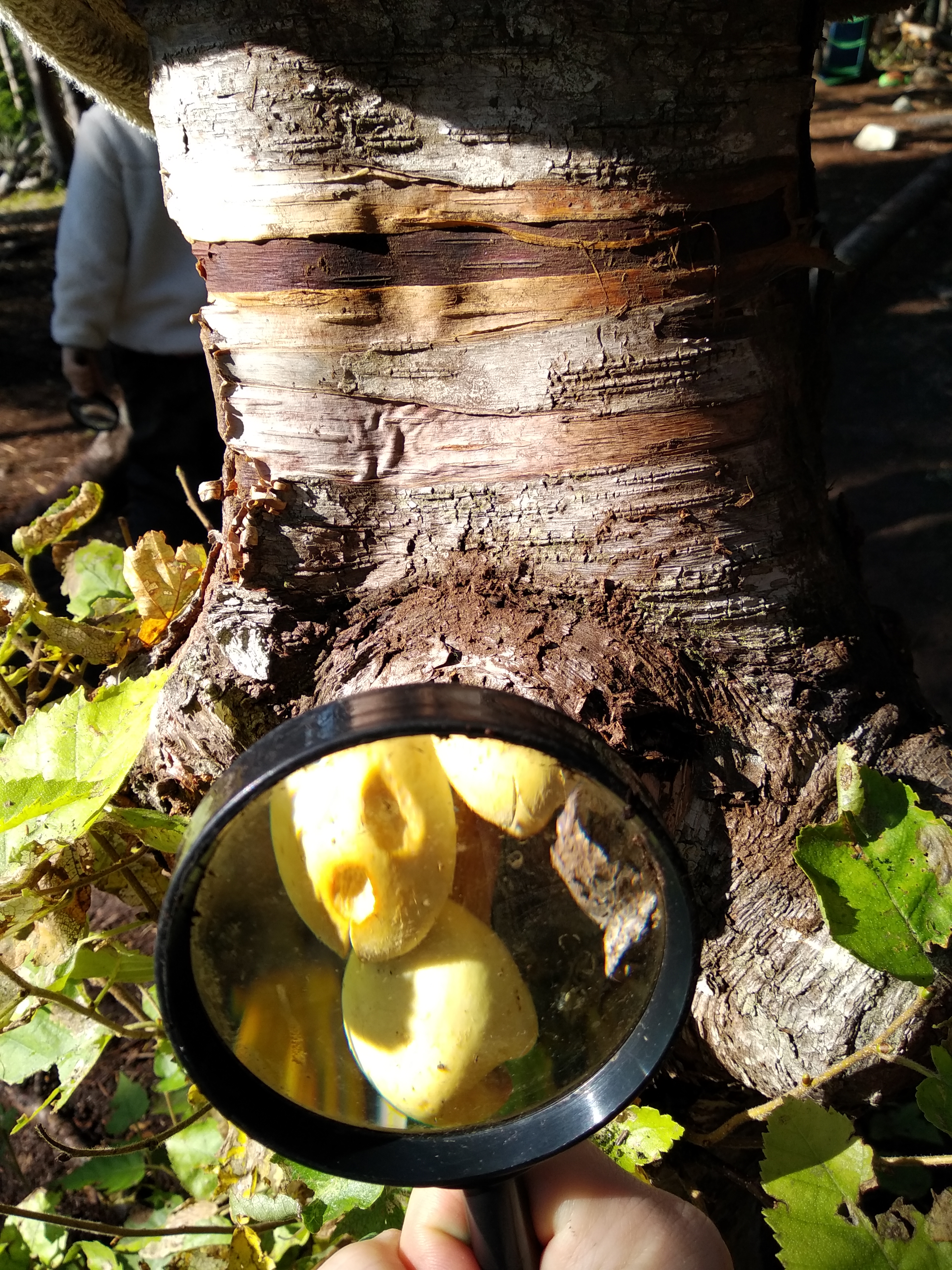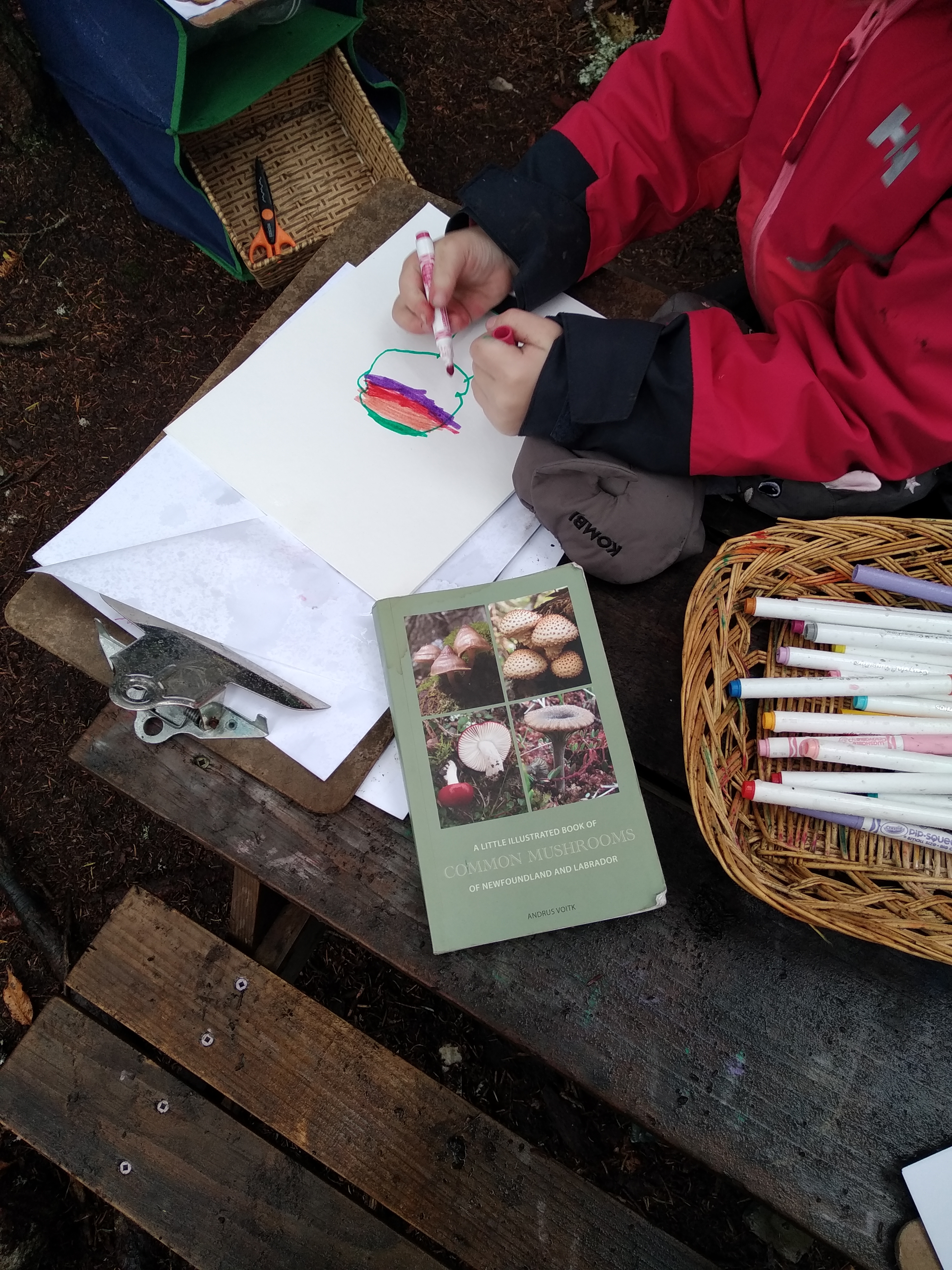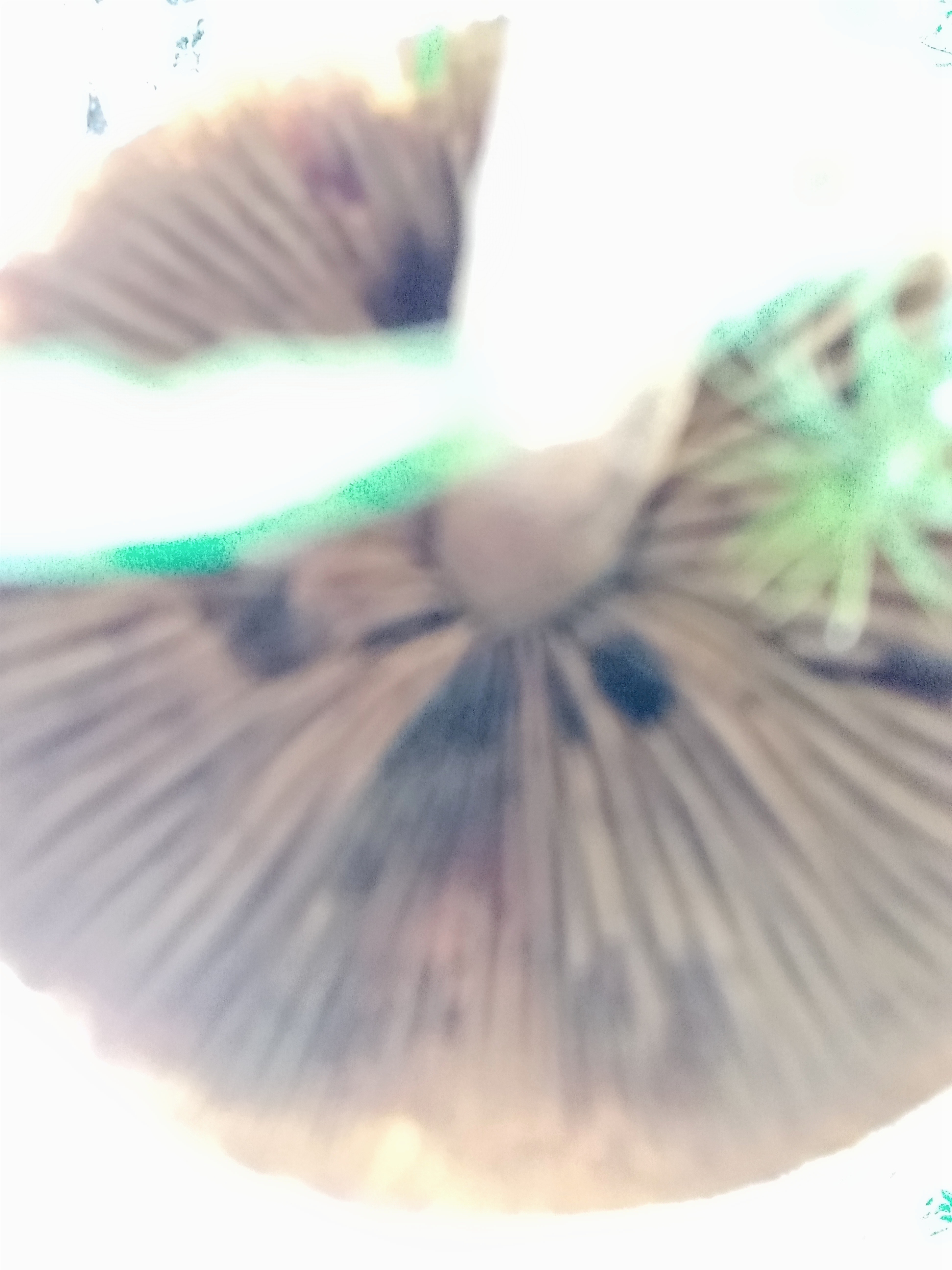“The child acts upon the environment, and the environment acts upon the child (Harwood & Collier 2017, p.55)”
This week, I had the chance to meet up with Dr. Debra Harwood in a Bluejeans chat. Debra is an Associate Professor in the Department of Educational Studies at Brock University (St. Catherine’s, Ontario).
Debra has conducted research both in the indoor and outdoor classroom that focuses on children’s play and inquiry with mobile technologies (Ipads/tablets, Iphones, and gopros). She has also lead the first outdoor experiential learning class for Masters of Education students at Brock University, which includes the use of technology in the outdoor environment.
The following is a summary of my conversation and some of the research Dr. Harwood has been a part of.
Inquiry with Technology
“Technology can take them far beyond their classroom (D. Harwood, personal communication, October 28, 2019).”
Mobile technologies, in their design, provide opportunities for children (and educators) to document in many forms whether through text, photography, video, or audio their interests, thoughts, curiosities, and happenings in their environment. The internet provides a further opportunity to connect with resources beyond those available in the early childhood classroom. For instance, a group of preschoolers who were interested in knowing more about a “mysterious” plant, that they were unable to identity using the resources (print or otherwise) available in the classroom were able to connect with a botanist and share their photo. Technology can support the “in the moment” questions and propel children to start planning the next steps of their inquiry.
Debra however, emphasized the importance of including technologies with intention. Asking, WHY is this technology being introduced ?
Multimodal Digital Literacies
“Its a mode like a pen, shovel,stick (D. Harwood, personal communication, October 28, 2019).”
Through her research and her experience working with preschool children, Debra believes that for children the digital and non-digital world are seamless. For her, it is adults who delineate between the two, not children.
Pulling from the Reggio Emilia philosophy, digital technologies are another tool, another mode to communicate. In the programs she has been a part of the children have access to what they need. As an aside she explained that outside, the children have access to many resources in a wagon that is brought to the forest. Though iPads are available, the children tend to access them for specific purposes, such as to document (photos, video, audio) or to access specific apps such as plant identification apps. Further, the children have not “privileged” the iPad over other modes such as markers and paper, or guide books, instead the iPad is used alongside these other resources.
As we discussed technology as another mode and Reggio Emilia, Debra made reference to a quote pulled from a recent a recent Reggio and technology exhibit, Bordercrossings, to futher illustrate her point. After the interview I located the quote in the book Crayons and iPads,
“Technology enters the everyday, not dominating, not replacing, but mixing with other languages. It enters as an environment, not strictly instrumental and functional, but rather as the connector of multidisciplinary learning and explorations, supporting children’s ways of knowing, inaugurating new environments of socialisation and sharing, in which each child’s ‘mental world’ finds a possible representation. (Loris Malaguzzi International Centre, 2016)”
Posthumanist & new materialist influences
“For them the materials are alive .. thinking .. feeling(D. Harwood, personal communication, October 28, 2019)”
A second attraction to Dr. Harwoods work, was that much of her research was framed or viewed through a posthumanist and new materialist lens, which I have recently been diving deeper into. I have been particularly interested in how these theories may inform (disrupt) my practice as an ECE and forest school practitioner.
Debra explained that she came to these theories during her research involving children wearing gopros. The intent was to look at different ways to involve children in research, however as the study commenced and the researchers were reviewing the videos with and without the children they felt were noticing something new about children’s interactions with the natural environment, especially when wearing technology, that they could not explain with child development theory.
The researchers noticed that children’s play changed once they were harnessed with a gopro (children could choose whether they wore one, and when they wanted to take it off). As Debra explained, some “children who were reticent in the woods, who gravitated to the calm activities or mirrored what they did indoors” appeared to become more “powerful, agentic and leading .. even their voices boomed (D. Harwood, personal communication, October 28, 2019).”
At first the researchers focused on the child-technology intra-actions, noticing, the impacts it appeared to be having on the way they moved their bodies and the stories children were telling. Elaborating on the latter, Debra explained that the children were narrating their play, giving tours of the forest, and introducing other children to the camera and then narrating what these other children were doing. Further, other children would cue children if their battery was “dying” because the red light wasn’t blinking. Talking about the lifespan of the technology and how to care for it became a regular part of children’s conversations.
Looking deeper at the technology-child intra-actions led the researchers to looking deeper at the human and more-than-human intra-actions and dive deeper into post humanist and new materials literature.
Reflecting on a portion of Flora’s (pseudonym) video, Debra and Collier (2017) write,
“Flora is not separate from the snow, ice, mittens, tree; rather the matter acts upon and alongside Flora as she climbs. The snow and ice slow her climb and she lowers herself to a crawling position, gripping tighter to the tree. The snow is grounded into the folds of the tree. The viewers sways along with Flora’s body as she stands, muscles becoming taught to maintain her balance. The sound of the ice pellets landing on her mittens cause her to pause and comment ‘wow’(p. 57).
Reflections
After speaking with Dr. Harwood and reviewing my notes from our conversation, than rereading a few of her articles there were a few points that kept spinning around in my thoughts.
Over the past several weeks the children at forest school (various programs from preschool, to home school, to school age weekend adventure play group) have been following an inquiry on .. with mushrooms. As I have been observer on the sidelines, documenter, provoker, and co-inquirer, I have been simultaneously been making connecting to articles and blogs I have read, as well as conversations I have had regarding my inquiry for this class (Interactive and Multimedia Learning Theories).
I really appreciated that Debra made a point in our conversation as well as in her published articles and chapters to reiterate that children’s learning and play are inseparable, including inquiry and digital technologies. Which I have really seen this week.
The mushroom inquiry began as children started noticing mushrooms “appearing” in the forest, using the tools available to them they got a closer look, began to ask questions, and simultaneously began to share stories and start discussions about mushrooms and other fungi. Interest in the inquiry has ebbed and flowed over each session and over the past few weeks. The inquiry was completely embedded into their play and children flowed in and out of the inquiry, just as my presences flowed in and out of the inquiry. Throughout this process I also took note of the materials and tools used by the children to deepen, extend, and document their inquiry. While the children chose to use the tools always available to them (guidebooks, markers, paper, magnifying glasses and so on), they requested my phone to photograph the underside of the mushrooms (to aid in identifying the type of mushroom), that were growing low to the ground.
I’ll end with a final quote from Hardwood’s (2017) in “Final Thoughts”, the concluding chapter of Crayons and ipads,
Supporting these types of classroom communities of inquiry requires an educator who is curious, flexible and collaborative with an orientation to teaching/learning as a shared responsibility among all protagonists, including children … The coherent thread throughout this learning and writing journey was the idea that listening is a central ‘premise for any learning relationship’ (Rinaldi, 2006, p. 65), and listening requires a sensitivity and openness to the interconnections between people, materials and discourses (Lenz Taguchi, 2010). P. 114
References
Harwood, D., & Collier, D. R. (2019). “Talk into my Gopro I’m Making a Movie” Using Digital ethnographical methods to explore children’s sociomaterial experiences in the woods. In The Routledge International Handbook of Learning with Technology in Early Childhood (pp. 49–61). Abingdon, Oxon, NY: Routledge.
Harwood, D. (2017). Lingering thoughts. In D. Harwood Crayons and ipads (pp. 112-116). 55 City Road, London: SAGE Publications Ltd doi: 10.4135/9781473916012.n11
Lenz Taguchi, H. (2010). Going beyond the theory/practice divide in early childhood education: Introducing the intra-active pedagogy. London, UK: Routledge.
Loris Malaguzzi International Centre. (2016). Bordercrossings exhibit. Reggio Emilia, Italy.
Rinaldi, C. (2006). In dialogue with Reggio Emilia: Listening, researching, and learning. New York, NY: Routledge.




Recent Comments